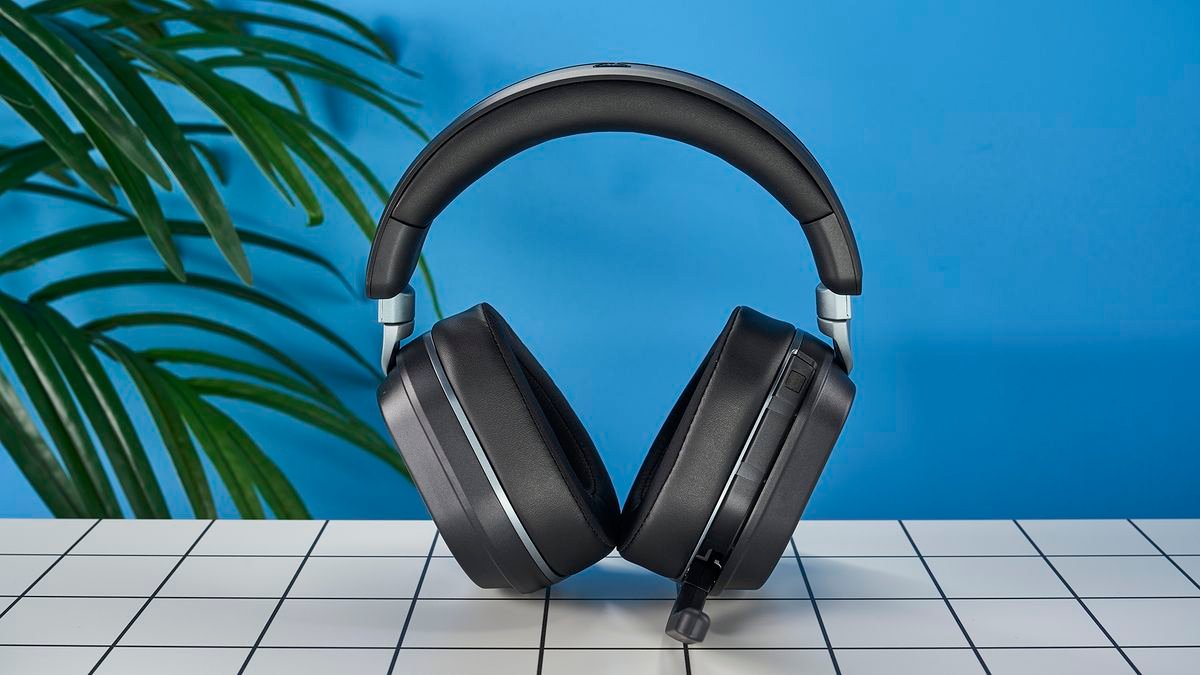Headsets are a mixed bag, and I’ve often been left disappointed by those I’ve bought myself, or tested as part of my job. As a Staff Writer on the Reviews team at Tom’s Guide, I get through quite a few gaming headsets. Enough to know that, for the most part, they are underwhelming — I have even gone on record to say you can save money by not buying a gaming headset.
There’s quite a few reasons to avoid a headset, and my experience in testing a few Turtle Beach headsets in particular have left a sour taste in my mouth. However, when I came across the incredible Turtle Beach Stealth 700 Gen 3, it rocked my world — or at least, my expectations for what a headset could be. In my eyes, it’s up there with the best gaming headsets money can buy.
My experience with previous Turtle Beach headsets
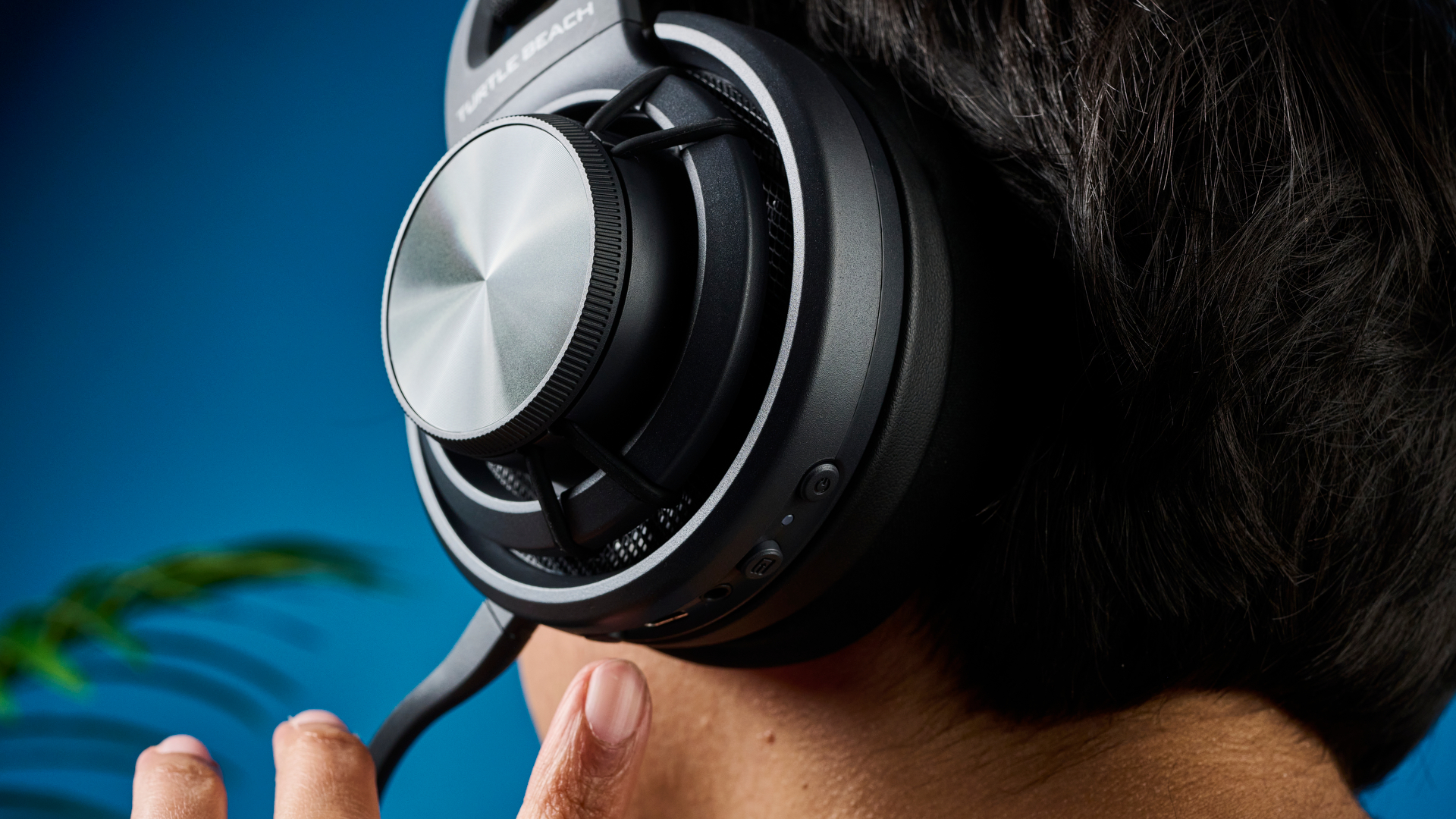
I don’t have the best history with headsets, and I’ve particularly been left disappointed by Turtle Beach headsets in the past. When I tested and reviewed the Turtle Beach Atlas Air, I was unimpressed with it. It struggled with some audio issues combined with a below-average microphone that made it hard to justify for the price — although at the time of writing it’s down to $149 from 179 at Turtle Beach.
Before I get into why it isn’t the greatest headset, there are a handful of things that the Atlas Air does well. It has a comfortable fit and incredible soundstage. This helps considerably with immersion — ideal for playing games with a lot of sound effects and ambience, like Baldur’s Gate 3.
I was also impressed by the detail of the sound, making it well-suited for mil-sim games like Arma 3 where distant gunshots could be heard and traced, as well as smaller scale tactical shooters, like Counter Strike 2.
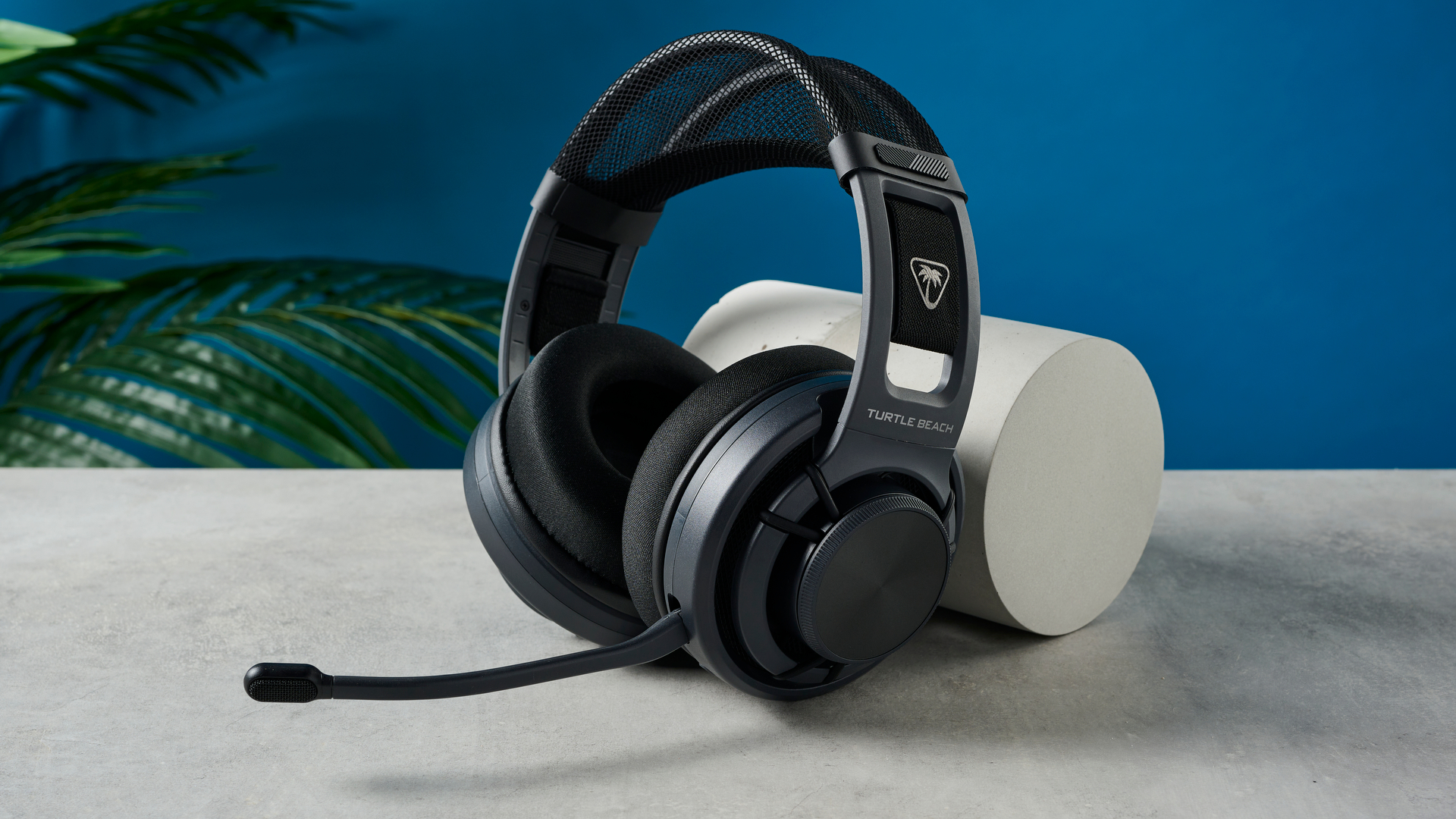
Sadly, this was about it for my enjoyment of the headset. I play a lot of shooters that require communication as well as great sound, and the Atlas Air has an incredibly disappointing microphone. My voice came through muffled and quiet, both in-game and over VoIP — I had to switch back to a cheap USB mic for Discord calls.
No-one wants to plug in a new headset, only to be asked immediately to switch back to your old sound config. Talking on the Atlas Air was certainly one of those times, and it made me want to swap out the Atlas Air for another headset as soon as possible.
The Stealth 700 Gen 3 is the answer
Enter the Turtle Beach Stealth 700 Gen 3. Visually, it really matches up to the Atlas Air — it looks suitably sleek, and doesn’t immediately strike you as a “gaming” headset thanks to its simple and subtle design. Besides the “Turtle Beach” logo emblazoned on the side, this just looks like a very practical pair of headphones. Even the microphone folds up neatly into the main body into a tailored compartment, keeping the headset looking its best.
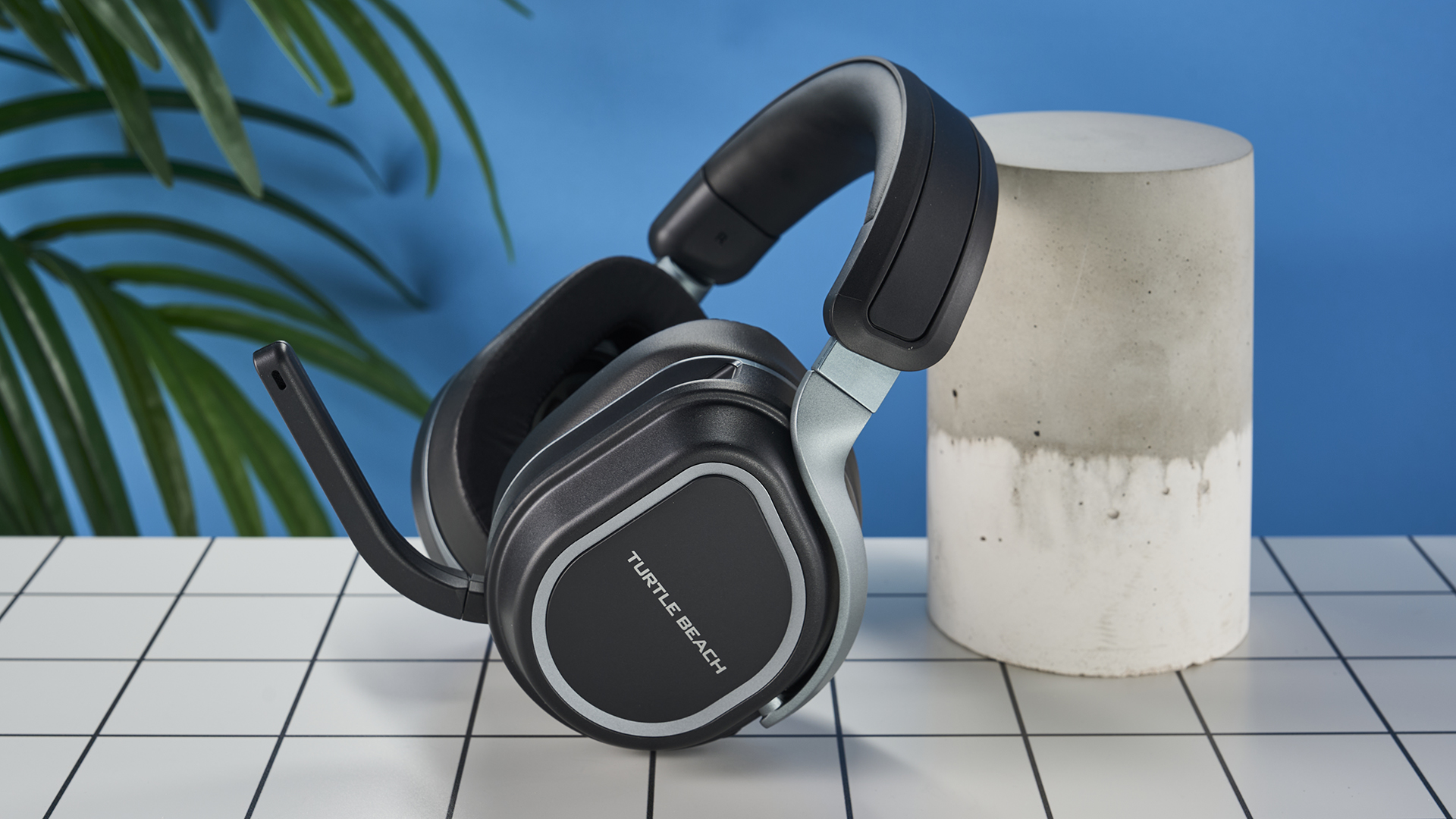
You’re not buying headphones for the looks, and the sound performance on the Stealth 700 Gen 3 certainly delivers. While the frequency range of 20Hz-20kHz is nothing to write home about, the dual 60mm drivers were a literal game-changer. They provide next level spatial audio, which make a huge difference when it came to some of my favorite games, like Escape From Tarkov.
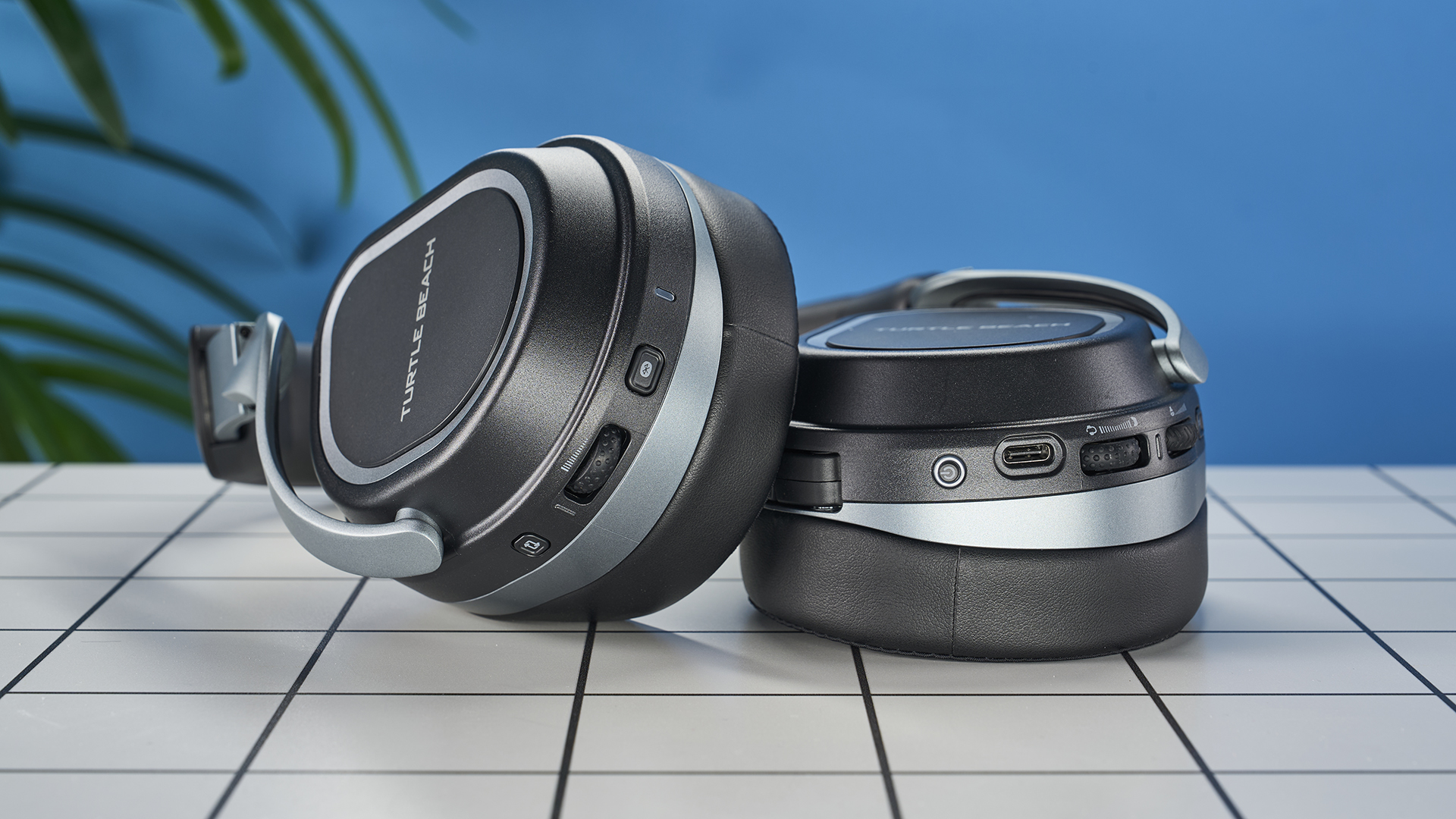
I also really like the Swarm II companion app, which allows you to easily configure EQ settings, as well as enable enhancements to the sound. There are a bunch of useful on-board options for switching between profiles, as well as a bindable control wheel which you can setup in the companion app too. This is far beyond the level of customization you can usually find on a gaming headset, and it is very welcome.
The last feature I want to mention, besides the star of the show, is the connectivity. You can use the two USB transmitters simultaneously, and switch between devices at the press of a button on the headset. You can even listen to both Bluetooth and Wireless 2.4Ghz audio tracks at the same time — I could play music from my phone while gaming on my PC, completely wirelessly. Its a great bonus, and makes this one of the best headsets in terms of pure connectivity you can buy.
The very best part
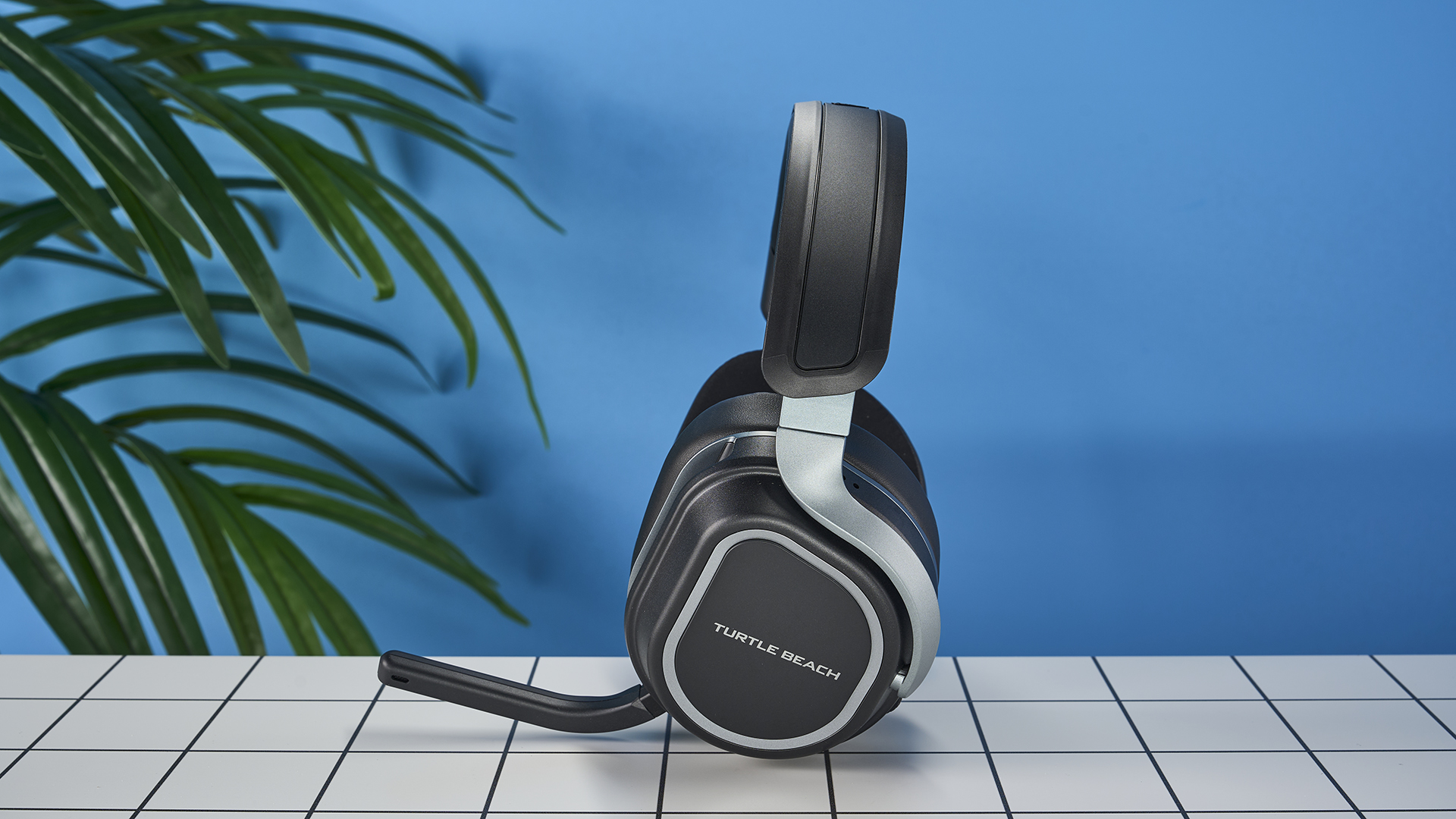
Last but not at all least — the greatest part of the Stealth 700 Gen 3, for me, is the microphone. This is a stellar example of clarity, and the Stealth 700 doesn’t sacrifice power for quality by any means. It’s AI-powered, meaning that the microphone gets some high-tech help in blocking out background noise. Whether you’re gaming in a more crowded space, or need to block out noises like typing or clicking, the background noise elimination feature works incredibly well.
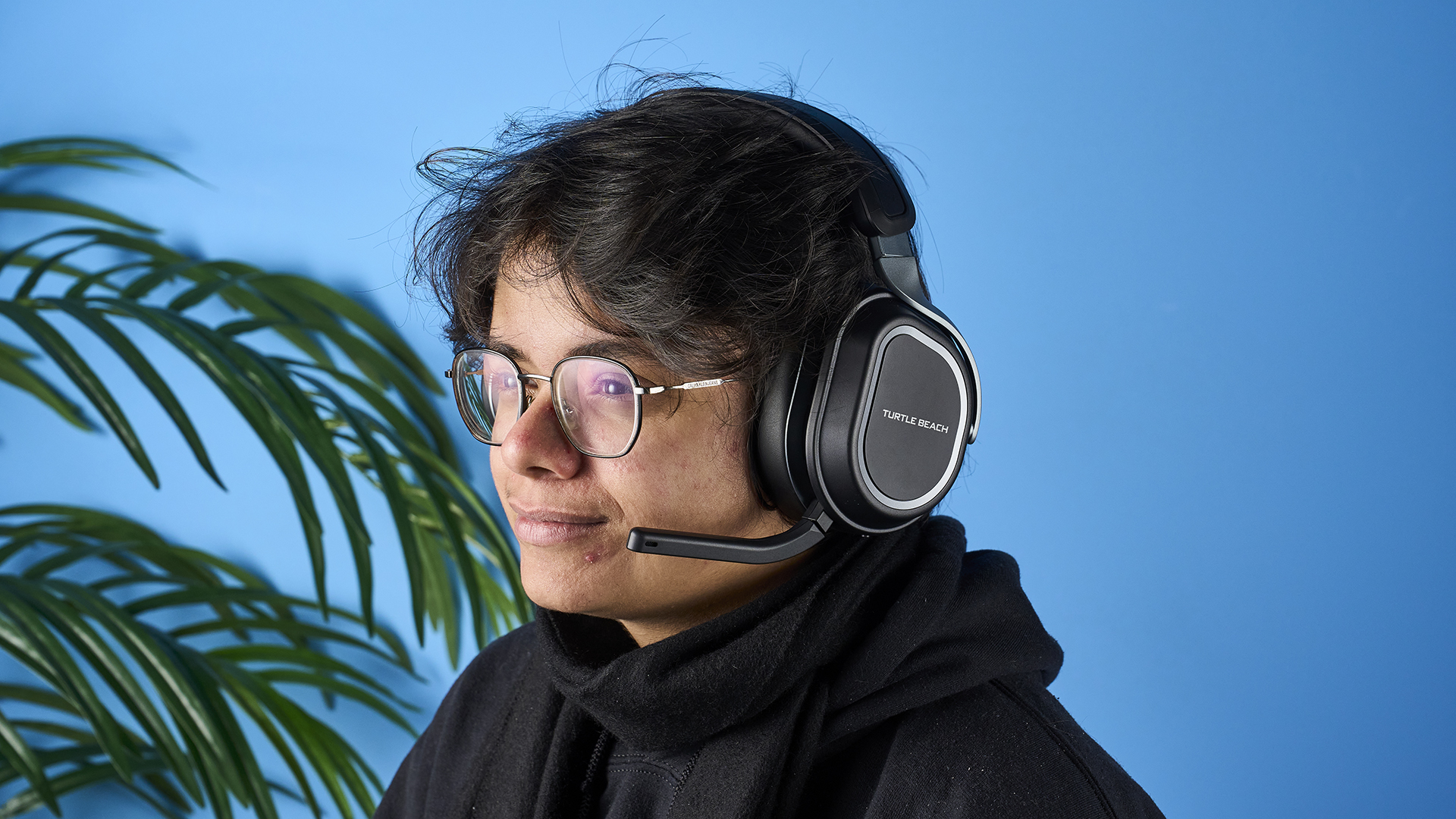
It’s rare to have such a good balance of quality and volume that means this is a perfect microphone for talking to your friends and communicating in-game on PC, when you don’t have a higher fidelity microphone, or as a standout option for console multiplayer gaming. I appreciate how much I was able to both hear and speak in-game thanks to this headset, which was about the same quality as my more-expensive typical headphone and microphone combination.
My one drawback…
I would be a fool to suggest the Stealth 700 is a perfect headset. The main thing holding it back for me is the fit — the ear cushions are really big, and the headset is on the bulkier side, ironic considering the name. Comfort is crucial, and this is a nasty shortcoming to have — although this is something that can vary a lot from person to person.
Funnily enough, this was one thing that the Atlas Air nailed — it felt much softer, with a light fit that meant that it felt like it was floating, thanks to some innovative moving earcups.
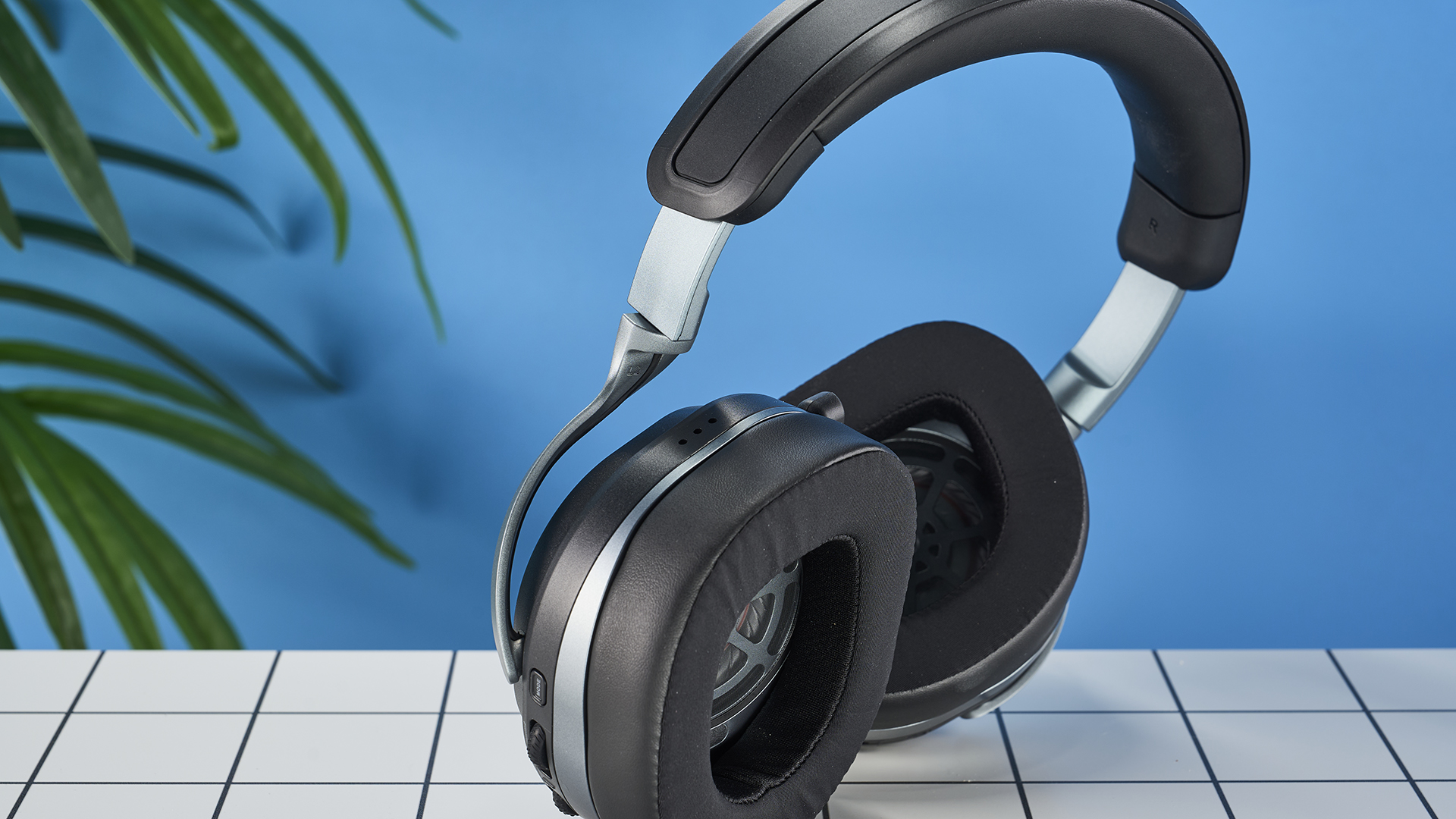
At $199, the Stealth 700 retails for more than the already pricey Atlas Air. But, with its superior sound and a stellar microphone in mind, you are definitely getting your dollar’s worth. Headset microphones just don’t sound much better than this, and with a name like a fighter jet, that just seals the deal.

